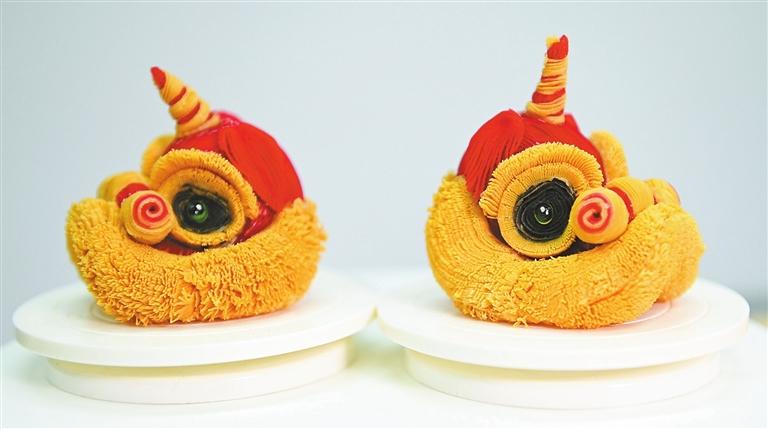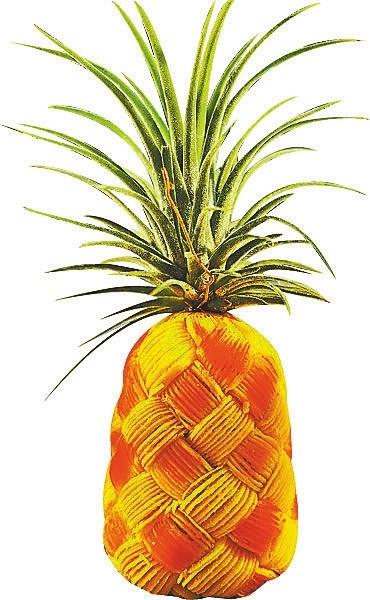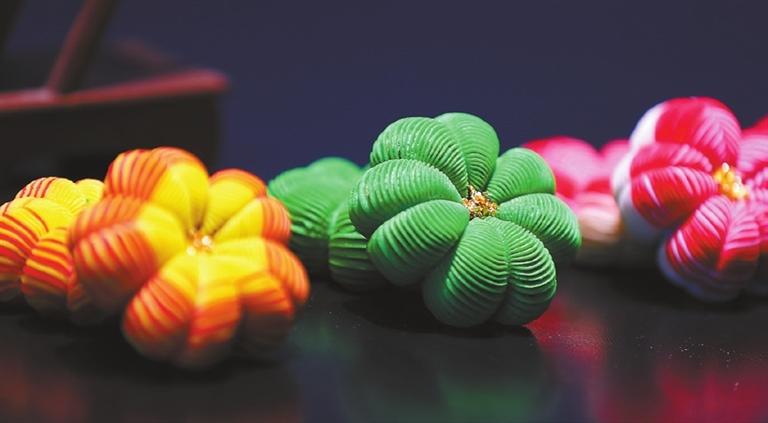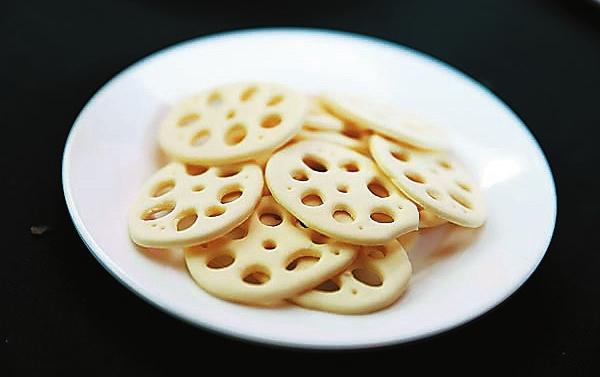



WITH a fluffy mane, large gleaming eyes and two layers of eyelashes, a palm-sized piece of puff pastry shaped like a lion dance head has attracted millions of likes on the Douyin short-video platform. Tens of thousands of netizens have been toiling in kitchens in attempts to replicate the item. Wu Yang, 35, a pastry chef from Shenyang, capital of Liaoning Province, who created the piece and has observed numerous failed efforts, is sharing detailed steps with his followers on how to make such an item. He gives instructions on perfecting the dough and performing specific cuts to the pastry. He has devoted himself to traditional Chinese puff pastry and dough sculptures for more than a decade. With his skills and boundless imagination, he has created a wide range of pastry items. “Traditional Chinese culture is my inspiration for making Chinese puff pastry. In the future, I hope more young people will understand the culture behind this form of pastry,” he said. The lion’s head creation is the result of Wu’s accumulated pastry-making skills over the past 10 years. He made each small part of the lion head separately with water dough, before sticking the parts together with egg white. For the mane, he made 160 cuts to the dough to produce the fluffy effect after deep frying. “It took several attempts to finally create the lion’s head. At first, the two layers of eyelashes were the same size, but I later made the second layer smaller and thinner to make it stand out,” he said. Wu used to be responsible for making congee at a restaurant, for which he was required to cut ginger and carrots — an experience that helped him master a range of knife skills. Later, he developed a passion for dough sculptures. This work requires many skills, such as kneading, rolling, cutting, carving and shaping with a small bamboo knife, all of which take long hours of practice. Without a basic training in art, he initially found it difficult to accurately gauge a dough sculpture’s proportions and features. His solution was to observe people. Over time, the pastry items Wu makes have become increasingly lifelike and evocative. Ten years ago, he opened a studio to teach the art of making puff pastry. After creating abalone and flower puff pastry, he came up with the lion dance head in 2021, which quickly became a hit on social media. Pastry lovers nationwide have learned to make such pieces from Wu, who has taught more than 1,000 students. “I used to focus on the techniques, but now I think more about ways to combine traditional Chinese culture with puff pastry,” Wu said, adding that it is good to see more young people becoming interested in Chinese pastry. One of Wu’s students, Chen Xiaodong, 23, from Shunde, Guangdong Province, grew up in a lion dance culture. After studying Chinese pastry at Shunde Polytechnic in Foshan from 2018 to 2020, Chen continued to learn this traditional skill at the Shunde campus of Hanshan Normal University. To pay his tuition fees, he did three part-time jobs each day — selling steamed buns and porridge in the morning, egg puffs in the afternoon, and barbecue food at night. Dubbed the “king of pastry,” Wang Zhiqiang, 74, became a pastry chef assigned to State banquets when he was in his 20s. In 1971, Wang was tasked with making pastry for a banquet marking an international table tennis competition. Designing a cake in the shape of a table tennis paddle, he used a Chinese yam to make the ball. A year later, during then-U.S. President Richard Nixon’s visit to China, Wang designed a dish that resembled a panda playing with bamboo. Over the next two decades, he created and perfected flour-based fruits with his apprentices. When cooking mianguo, he chooses to steam, instead of deep-frying or baking the pastries, as steaming is a traditional Chinese cooking method and a healthier alternative. After five decades, Wang continues to push the boundaries in making traditional Chinese pastry. Recently he and his apprentices created nine different dried snacks which had one thing in common — they were all made with flour. He believes that pastry innovation should reflect the times, the development of society, seasonal changes, and diversity of ingredients. He emphasizes three points that must be followed for innovative works: Items should be handmade; the works have to be unique; and they should be performed with precision and care. “I’m not against mechanized production, but we must inherit craftsmanship, and also be innovative,” Wang said. He is planning to make small, cute versions of traditional Beijing snacks, which can be put together by using a method similar to creating a mortise-and-tenon joint in woodwork. Wang also wants to make sesame deep-fried noodles in a small butterfly shape, and traditional flour tea. (China Daily) | 
